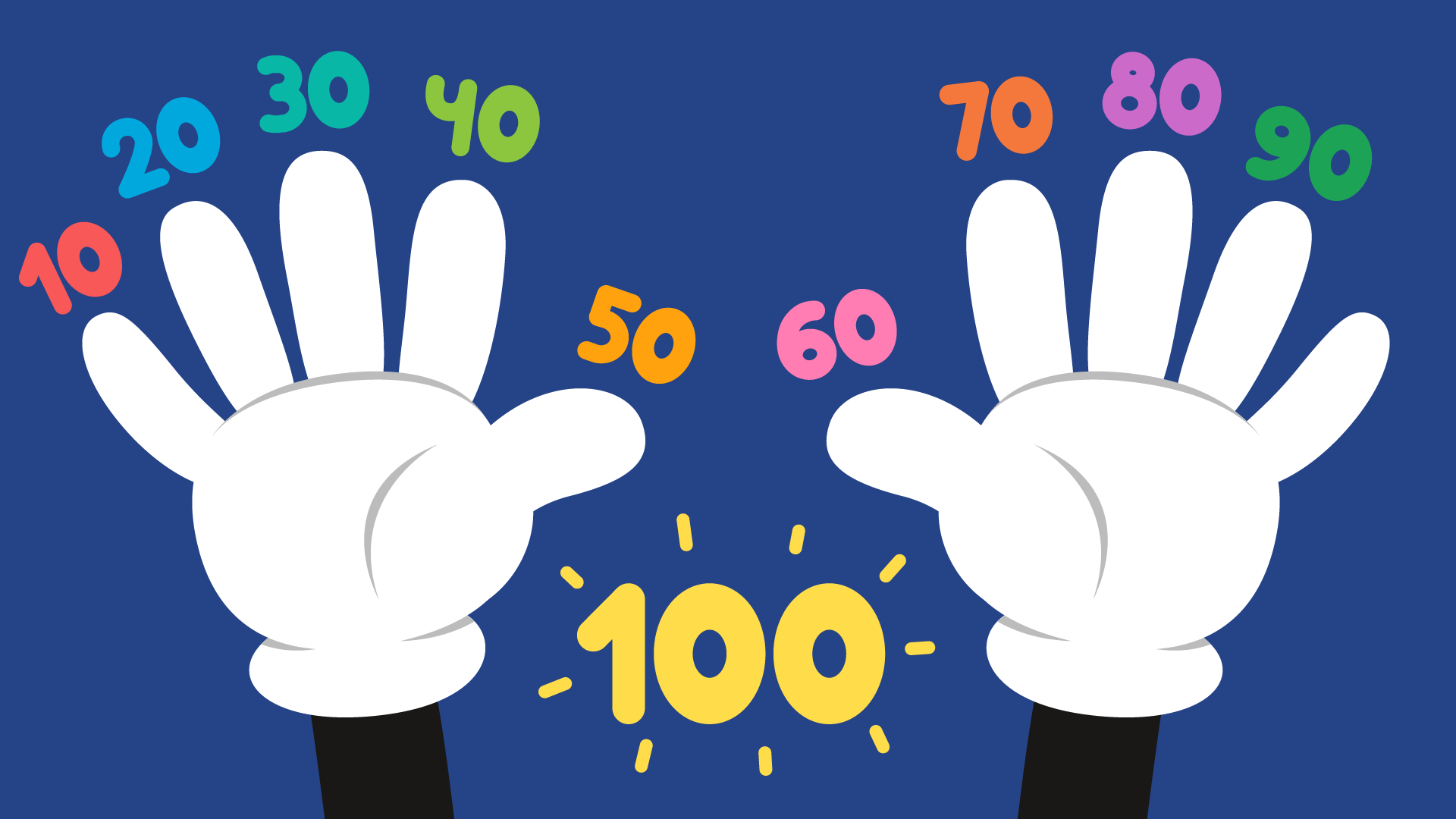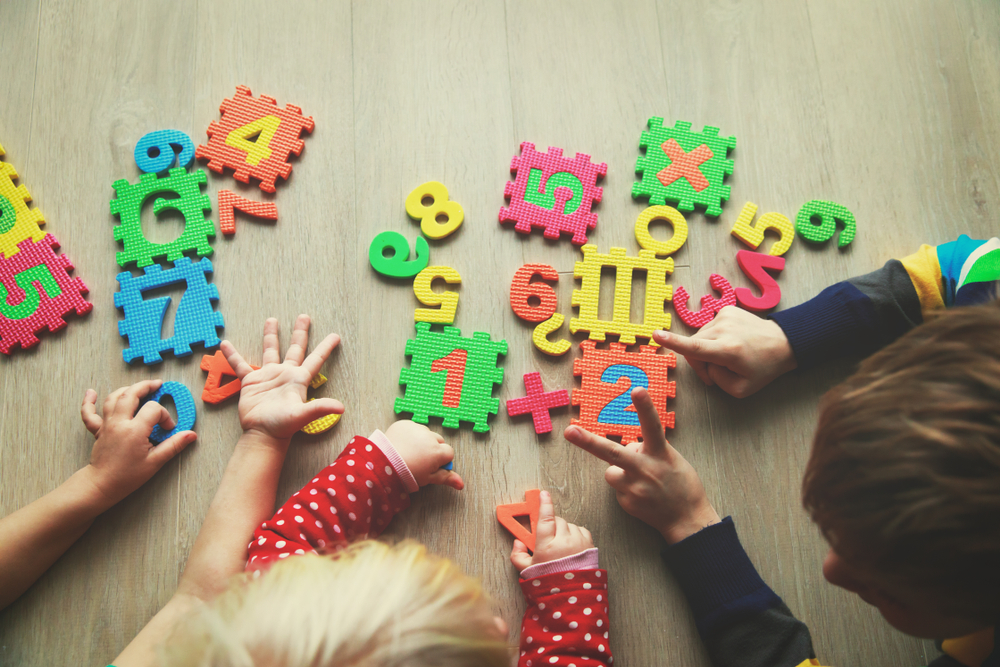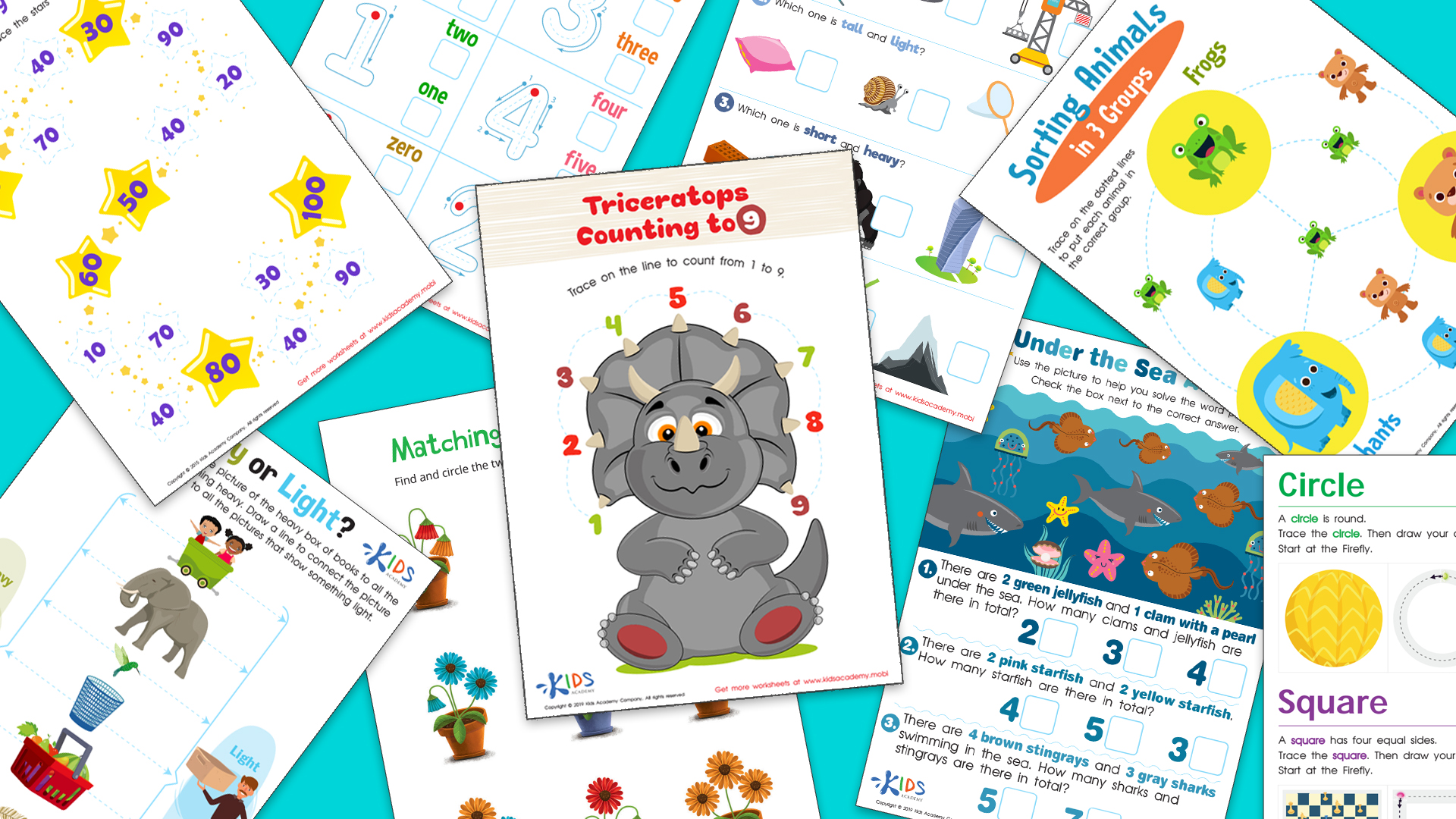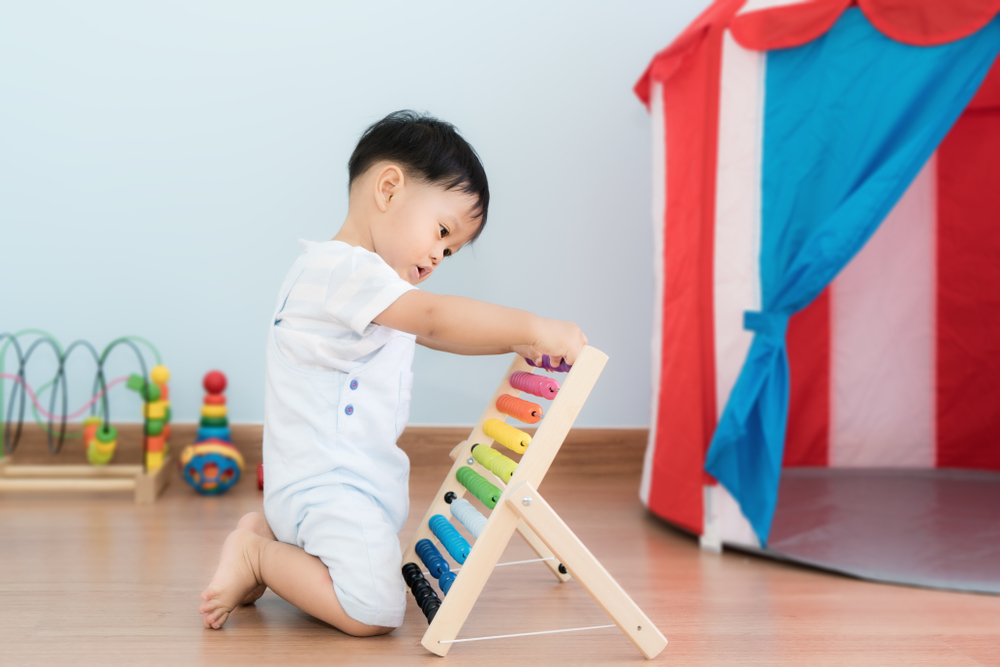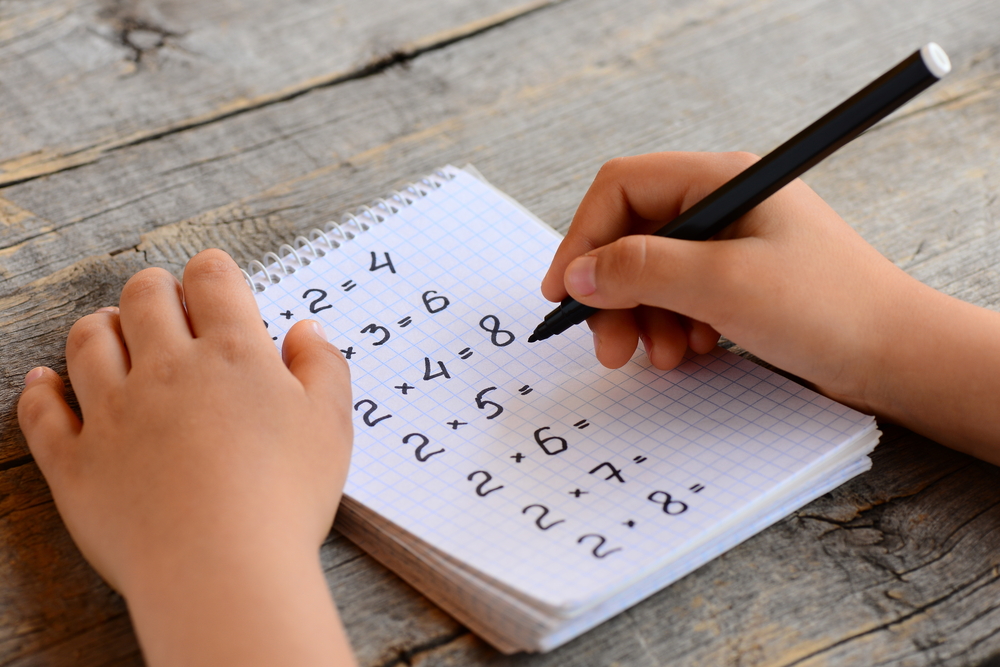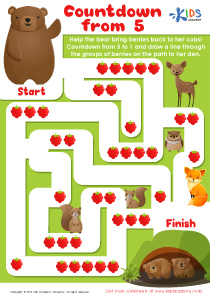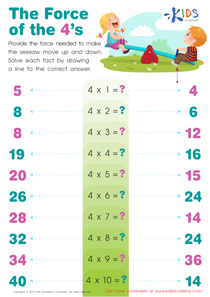Color recognition Easy Numbers Worksheets for Ages 3-9
4 filtered results
-
From - To
Discover our Color Recognition Easy Numbers Worksheets tailored for children ages 3-9! These engaging and educational resources are designed to enhance your child's number knowledge and color recognition skills. Featuring vibrant images and fun activities, each worksheet encourages young learners to identify, match, and differentiate between colors while reinforcing their numerical abilities. Perfect for early childhood education, these worksheets support cognitive development, fine motor skills, and visual learning through interactive exercises. Give your child the advantage they need to excel by making learning both fun and effective with our easy-to-follow worksheets!
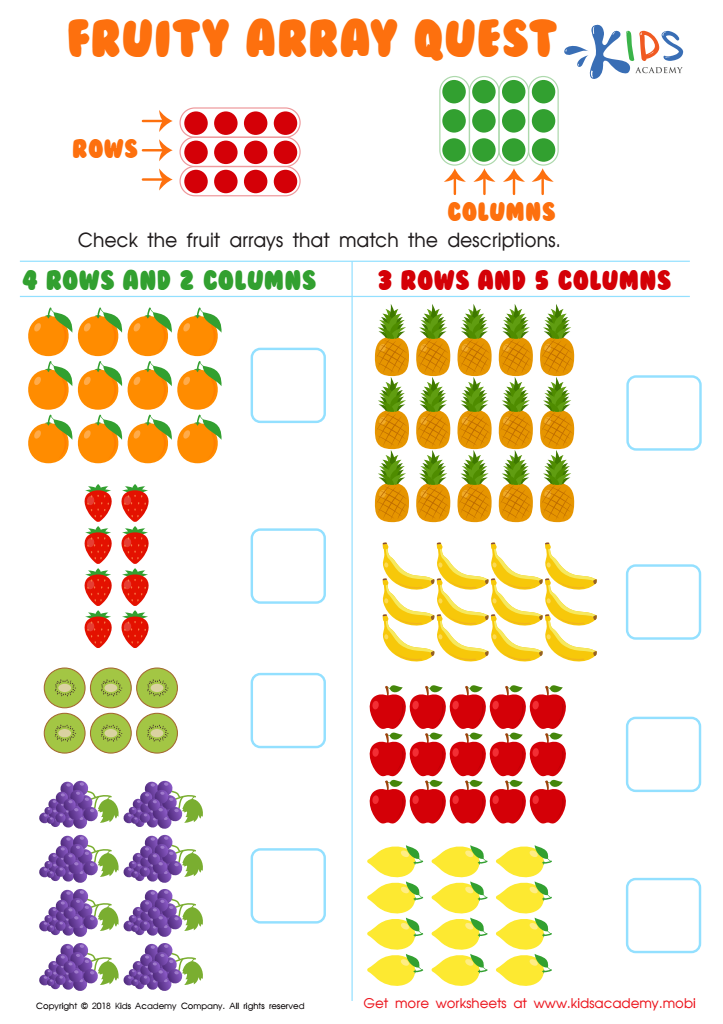

Fruity Array Quest Worksheet
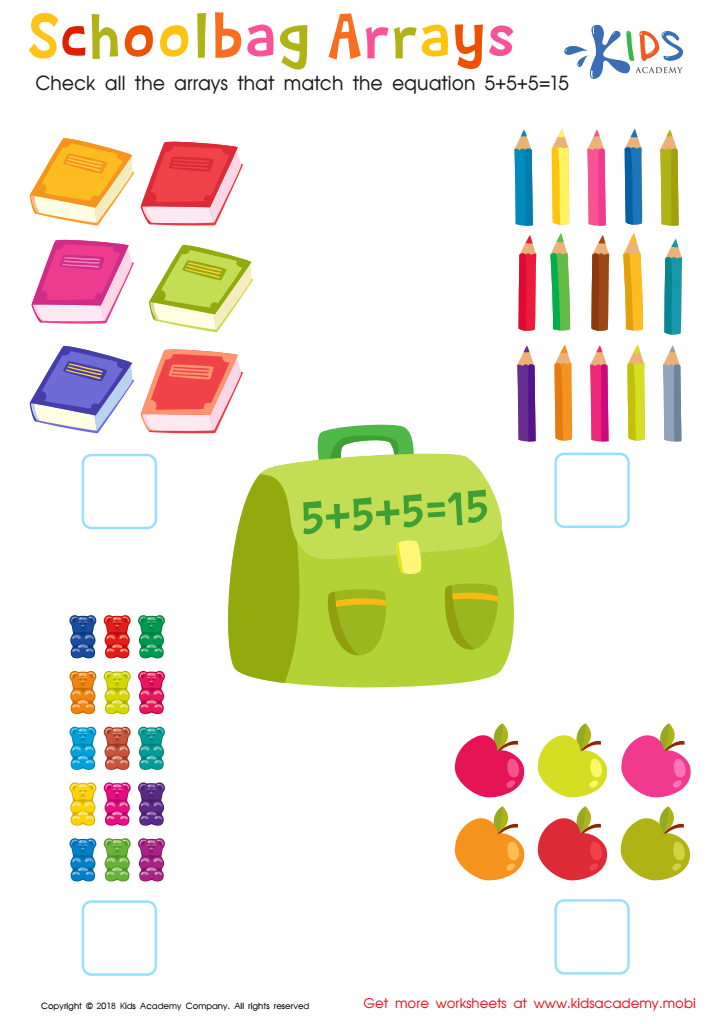

Schoolbag Arrays Worksheet


Party Arrays Worksheet
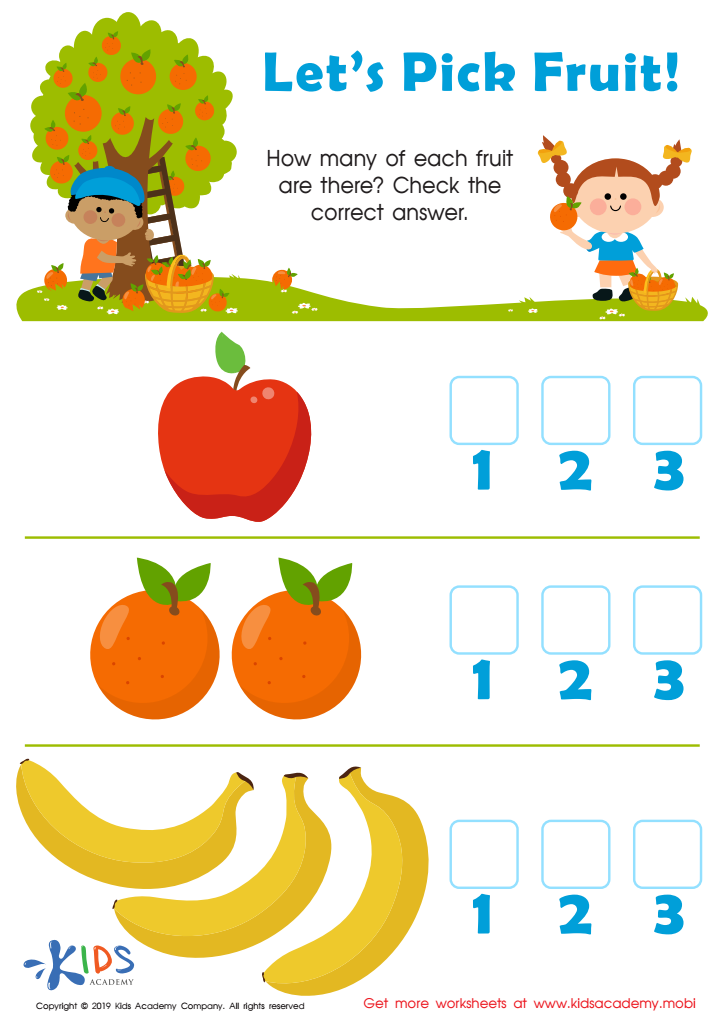

Let's Pick Fruit Worksheet
Parents and teachers play a crucial role in the early developmental stages of a child's life, particularly when it comes to fundamental skills such as color recognition and number familiarity. For children aged 3-9, these basics form the building blocks for more advanced cognitive, social, and educational milestones. At this impressionable age, developing the ability to recognize colors not only enhances their visual and spatial awareness but also aids in their understanding of environmental cues and improves their language development. For instance, identifying colors can help children describe objects, express themselves creatively, and follow instructions better, laying the foundation for effective communication skills.
Similarly, early number recognition is vital as it introduces the concept of mathematics in a fun and engaging manner. Numbers are the gateway to essential life skills like basic arithmetic, telling time, and understanding quantities. These skills prepare children for academic subjects and everyday tasks, fostering a sense of self-reliance and confidence.
Integrating color and number recognition activities into a child's routine can turn learning into an engaging, multi-sensory experience. Games, puzzles, and practical exercises make abstract concepts tangible, making learning enjoyable and impactful. By caring about color and number recognition, parents and teachers equip children with the tools they need for both educational success and practical life.

 Assign to My Students
Assign to My Students



